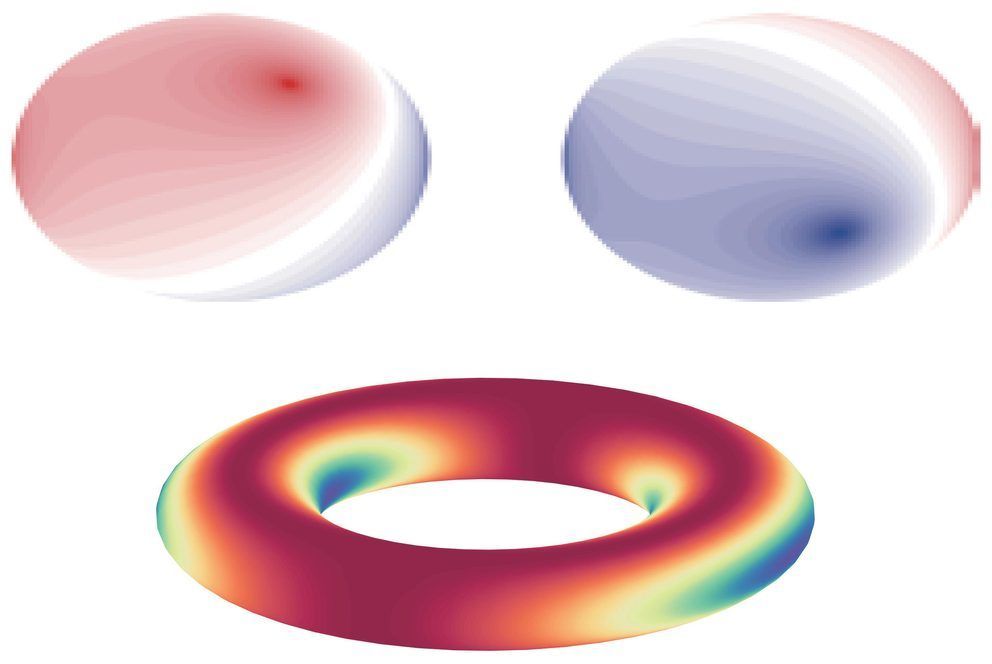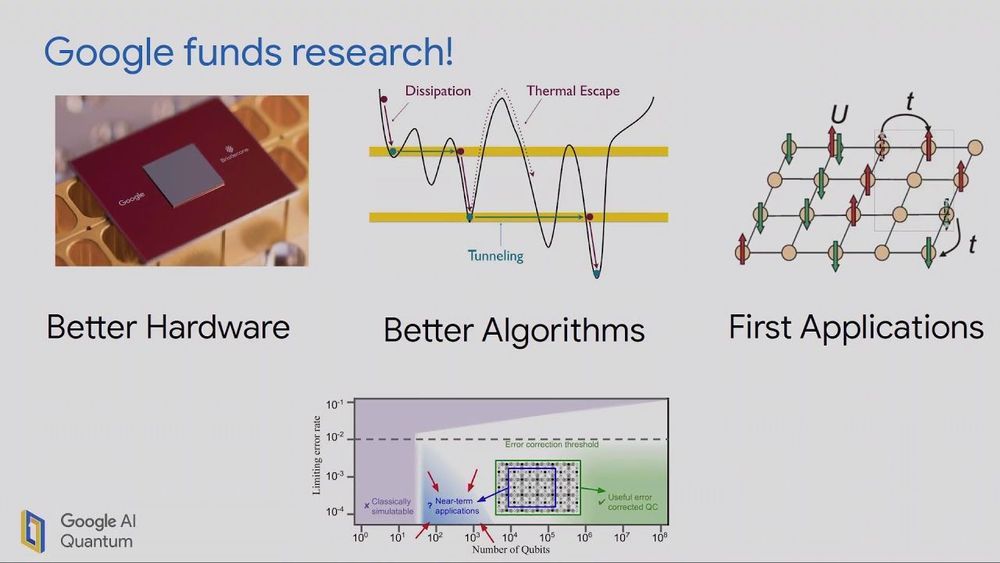The fabric of space-time may get its robustness from a network of quantum particles, according to a principle called quantum error correction.


The fabric of space-time may get its robustness from a network of quantum particles, according to a principle called quantum error correction.


Abstract: In this review-article, we discuss the consequences of the introduction of a quantum of time tau_0 in the formalism of non-relativistic quantum mechanics (QM) by referring ourselves in particular to the theory of the “chronon” as proposed by P.Caldirola. Such an interesting “finite difference” theory, forwards —at the classical level— a solution for the motion of a particle endowed with a non-negligible charge in an external electromagnetic field, overcoming all the known difficulties met by Abraham-Lorentz’s and Dirac’s approaches (and even allowing a clear answer to the question whether a free falling charged particle does or does not emit radiation), and —at the quantum level— yields a remarkable mass spectrum for leptons. After having briefly reviewed Caldirola’s approach, we compare one another the new Schroedinger, Heisenberg and density-operator (Liouville-von Neumann) pictures resulting from it. Moreover, for each representation, three (retarded, symmetric and advanced) formulations are possible, which refer either to times t and t-tau_0, or to times t-tau_0/2 and t+tau_0/2, or to times t and t+tau_0, respectively. It is interesting to notice that, e.g., the “retarded” QM does naturally appear to describe QM with friction, i.e., to describe dissipative quantum systems (like a particle moving in an absorbing medium). In this sense, discretized QM is much richer than the ordinary one. When the density matrix formalism is applied to the solution of the measurement problem in QM, very interesting results are met, so as a natural explication of “decoherence”.
From: [view email].


An exotic physical phenomenon, involving optical waves, synthetic magnetic fields, and time reversal, has been directly observed for the first time, following decades of attempts. The new finding could lead to realizations of what are known as topological phases, and eventually to advances toward fault-tolerant quantum computers, the researchers say.
The new finding involves the non-Abelian Aharonov-Bohm Effect and is published in the journal Science by MIT graduate student Yi Yang, MIT visiting scholar Chao Peng (a professor at Peking University), MIT graduate student Di Zhu, Professor Hrvoje Buljan at University of Zagreb in Croatia, Francis Wright Davis Professor of Physics John Joannopoulos at MIT, Professor Bo Zhen at the University of Pennsylvania, and MIT professor of physics Marin Soljačić.
The finding relates to gauge fields, which describe transformations that particles undergo. Gauge fields fall into two classes, known as Abelian and non-Abelian. The Aharonov-Bohm Effect, named after the theorists who predicted it in 1959, confirmed that gauge fields — beyond being a pure mathematical aid — have physical consequences.

A talk by Dave Bacon during the Industry session of the 14th Conference on the Theory of Quantum Computation, Communication and Cryptography (TQC 2019), Day 3. TQC 2019 was hosted June 3–5, 2019 by the Joint Center for Quantum Information and Computer Science at the University of Maryland (QuICS). More information about TQC can be found at https://www.tqcconference.org.

Quantum many-body systems (QMBs), which are physical systems made up of multiple interacting particles, are among the most challenging structures to reproduce in numerical simulations. In the past, researchers have attempted to simulate these systems using a variety of techniques, including Monte Carlo simulations and even exact diagonalizations.
Methods involving tensor networks (TNs), mathematical concepts that can be applied in a variety of scientific fields, have also shown some potential for the simulation of QMBs. However, so far, these techniques have only been successfully applied to small systems or those with a simple geometry.
In a recent study, researchers at the University of Central Florida were able to simulate QMBs on Amazon Web Services using a TN-based method. Their paper, pre-published on arXiv, highlights some of the potential advantages and implications of using cloud services for research purposes.

Elements is more than just a science show. It’s your science-loving best friend, tasked with keeping you updated and interested on all the compelling, innovative and groundbreaking science happening all around us. Join our passionate hosts as they help break down and present fascinating science, from quarks to quantum theory and beyond.

Quantum computing promises to revolutionize the ways in which scientists can process and manipulate information. The physical and material underpinnings for quantum technologies are still being explored, and researchers continue to look for new ways in which information can be manipulated and exchanged at the quantum level.